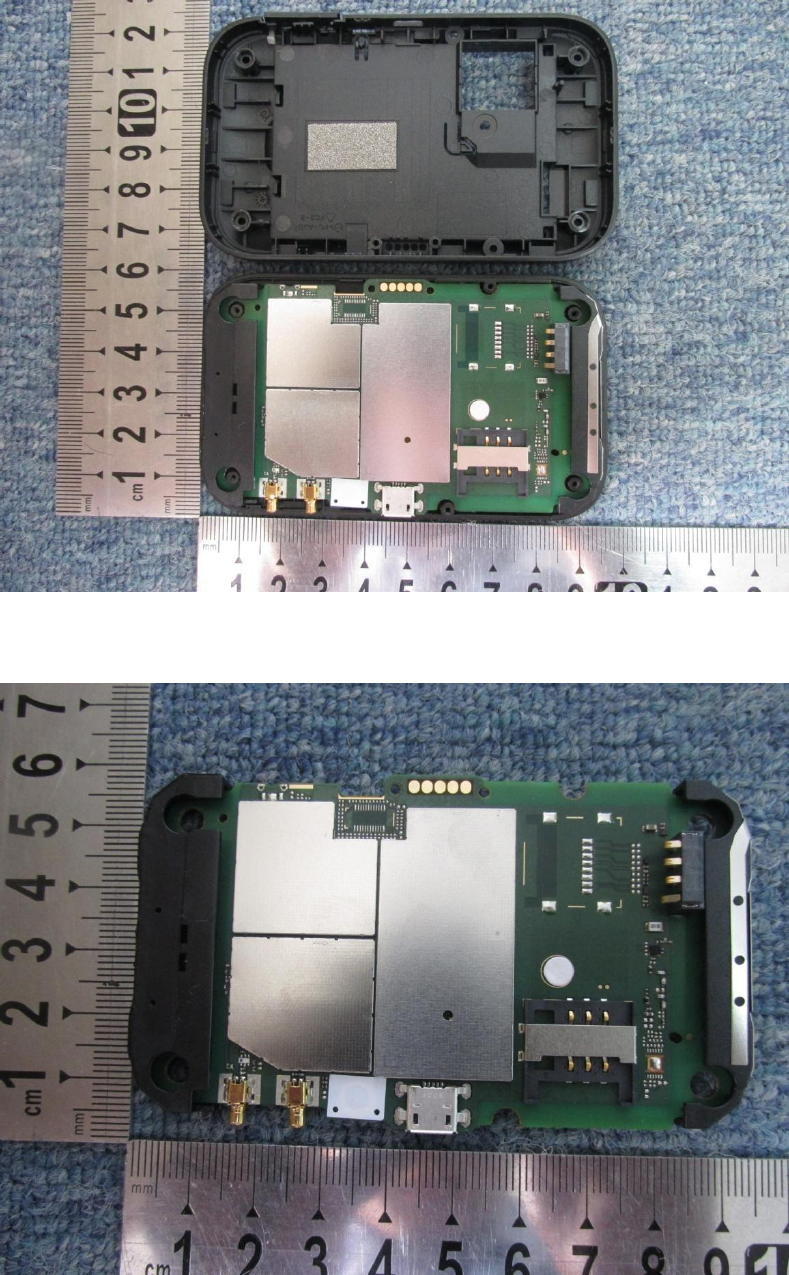Hi,
I'm trying to put an external on my Huawei e3557bs-322 pocket WiFi (4g) device. I've seen videos of people making antennas and soldering them onto their devices to improve signal and I would like to give it a try as it's the only internet connection I have. I would like to ask what these two gold ports are. I think they're female ipex sockets from what I have researched.
I'm hoping these two sockets will work of I attach an antenna to them. There's a different model of the same pocket router and it actually has external ts9 antenna sockets connected here which you can see on this picture of someone else's device.

So I guess I'm asking if I buy a couple of ipex wires and strip the ends to connect them to a couple of homemade antenna , then connect the other ends to these sockets would it work?
I hope I've worded and explained this clear enough.
Thanks in advance!
I'm trying to put an external on my Huawei e3557bs-322 pocket WiFi (4g) device. I've seen videos of people making antennas and soldering them onto their devices to improve signal and I would like to give it a try as it's the only internet connection I have. I would like to ask what these two gold ports are. I think they're female ipex sockets from what I have researched.

I'm hoping these two sockets will work of I attach an antenna to them. There's a different model of the same pocket router and it actually has external ts9 antenna sockets connected here which you can see on this picture of someone else's device.
So I guess I'm asking if I buy a couple of ipex wires and strip the ends to connect them to a couple of homemade antenna , then connect the other ends to these sockets would it work?
I hope I've worded and explained this clear enough.
Thanks in advance!



